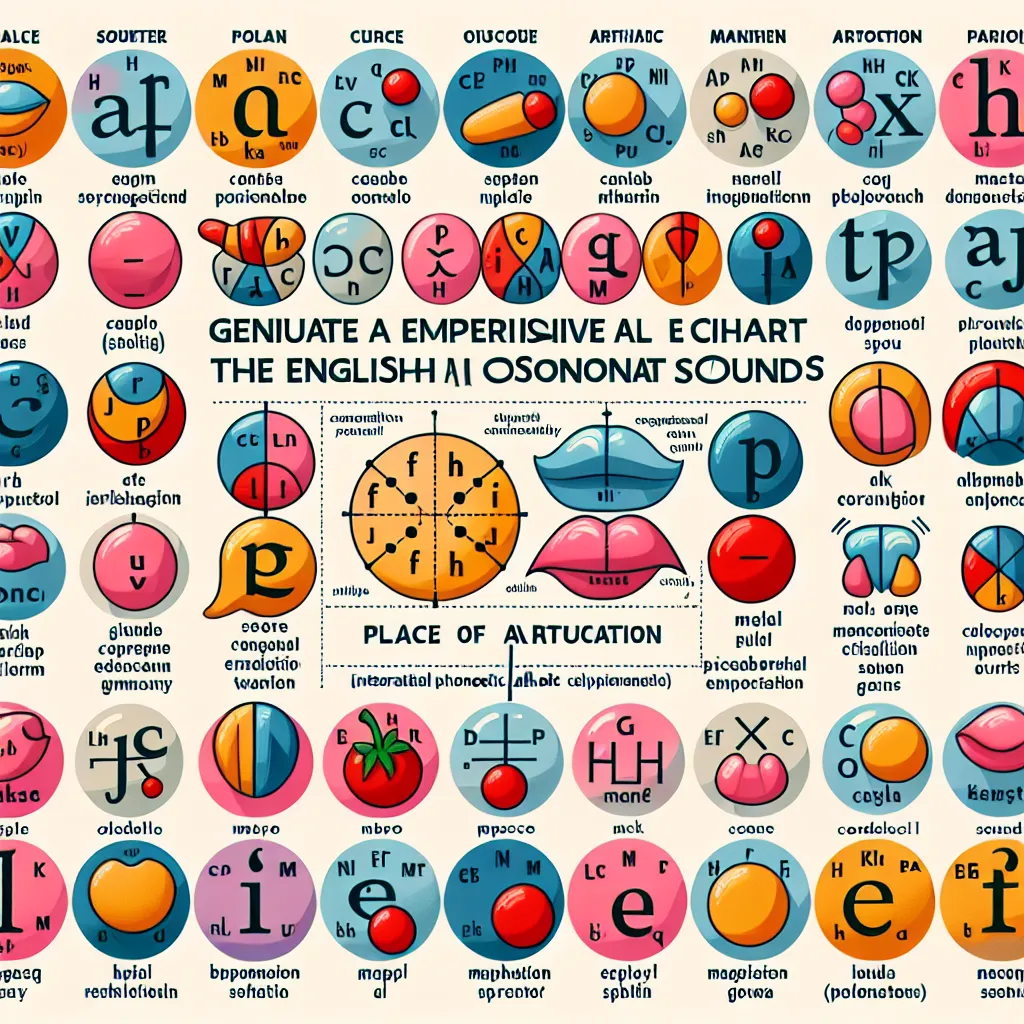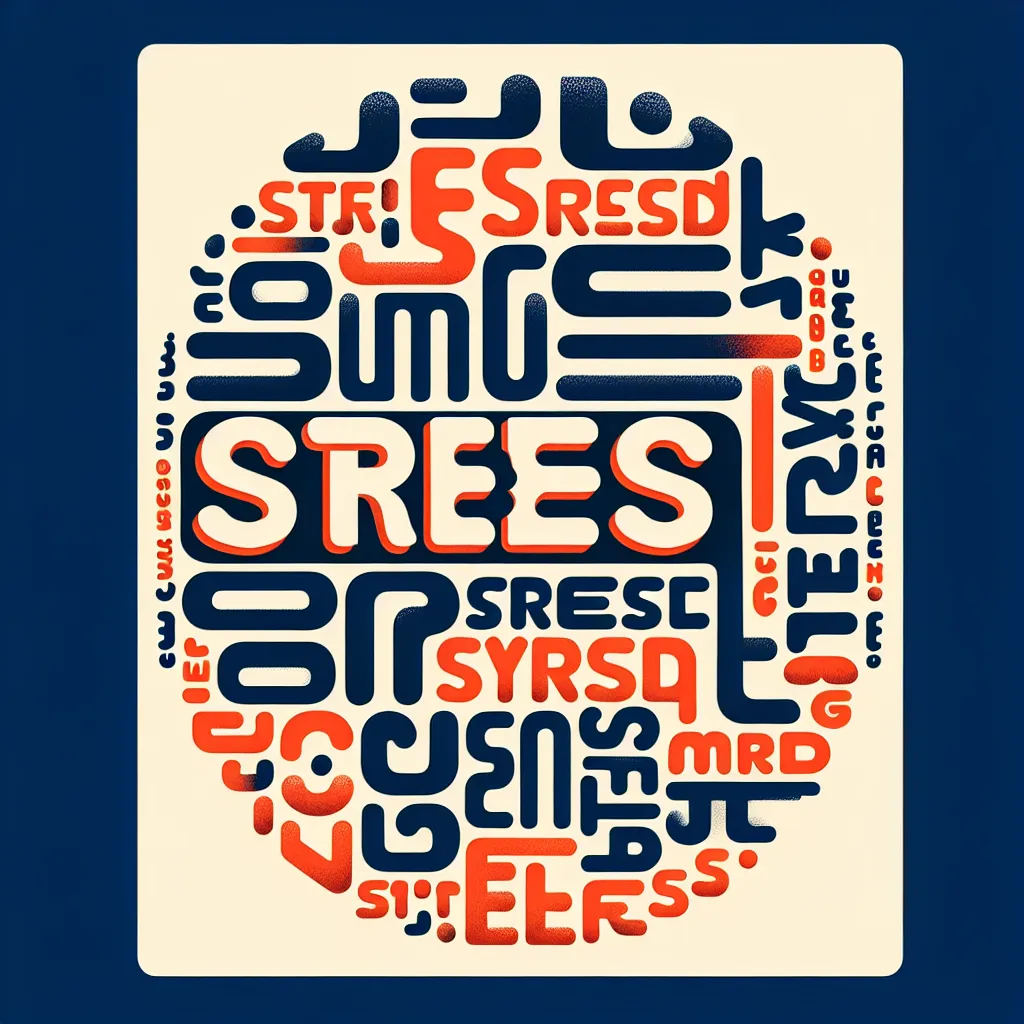Are you struggling with English pronunciation, particularly when it comes to consonants? You’re not alone. Many language learners find mastering English consonant sounds challenging, but with the right techniques and practice, you can significantly improve your pronunciation skills. In this comprehensive guide, we’ll explore effective methods to help you pronounce English consonants correctly, enhancing your overall speaking ability and confidence.
Understanding the Importance of Correct Consonant Pronunciation
Proper consonant pronunciation is crucial for clear and effective communication in English. When you pronounce consonants correctly, you:
- Improve your overall intelligibility
- Reduce misunderstandings and communication breakdowns
- Enhance your confidence in speaking English
- Make a better impression on native speakers
The Basics of English Consonant Sounds
English has 24 consonant sounds, each with its unique place and manner of articulation. Understanding these basics is the first step towards improving your pronunciation.
 English Consonant Chart
English Consonant Chart
Common Challenges in Consonant Pronunciation
Many learners face difficulties with specific consonant sounds that may not exist in their native language. Some common challenges include:
- Distinguishing between /θ/ (as in “think”) and /ð/ (as in “this”)
- Pronouncing the /r/ sound correctly
- Mastering the difference between /v/ and /w/
- Pronouncing final consonant clusters
Effective Methods for Improving Consonant Pronunciation
1. Listen and Repeat
One of the most effective ways to improve your consonant pronunciation is through active listening and repetition. Here’s how:
- Use reliable resources like pronunciation podcasts or YouTube channels
- Focus on one sound at a time
- Listen carefully to the pronunciation
- Repeat the sound multiple times, paying attention to mouth and tongue position
2. Use a Mirror
Practicing in front of a mirror can help you visualize the correct mouth and tongue positions for different consonant sounds. This technique is particularly useful for sounds like /θ/ and /ð/, where tongue placement is crucial.
3. Record Yourself
Recording your pronunciation and comparing it to native speakers can help you identify areas for improvement. Many language learning apps offer this feature, allowing you to get instant feedback on your pronunciation.
4. Practice Minimal Pairs
Minimal pairs are words that differ by only one sound. Practicing these can help you distinguish between similar consonant sounds. For example:
- “thin” vs. “fin” (/θ/ vs. /f/)
- “vat” vs. “bat” (/v/ vs. /b/)
- “rice” vs. “lice” (/r/ vs. /l/)
5. Use Tongue Twisters
Tongue twisters are an excellent way to practice difficult consonant combinations. They help improve your articulation and speed. Try these:
- “She sells seashells by the seashore” (focuses on /s/ and /ʃ/)
- “Peter Piper picked a peck of pickled peppers” (practices /p/ sound)
Common Pronunciation Errors and How to Fix Them
1. Th-fronting
Many learners substitute /f/ or /s/ for /θ/, and /v/ or /z/ for /ð/. To correct this:
- Practice placing your tongue between your teeth
- Start with isolated sounds, then move to words and sentences
2. R-sound Issues
The English /r/ can be challenging for many non-native speakers. To improve:
- Focus on curling your tongue back slightly
- Practice words like “red,” “around,” and “car”
3. Final Consonant Deletion
Some learners omit final consonants, especially in clusters. To fix this:
- Exaggerate the final consonants when practicing
- Focus on words ending in consonant clusters like “desks” or “helped”
The Phonemic Chart and 10 Commonly Mispronounced Words
Understanding the phonemic chart can greatly aid in improving your consonant pronunciation. Here are 10 words that are often mispronounced, along with their correct pronunciations:
- Clothes – /kləʊðz/ (not /kləʊz/)
- Sixth – /sɪksθ/ (not /sɪks/)
- Months – /mʌnθs/ (not /mʌns/)
- Asked – /ɑːskt/ (not /ɑːst/)
- Vegetable – /ˈvedʒtəbl/ (not /ˈvedʒətəbl/)
- Wednesday – /ˈwenzdeɪ/ (not /ˈwednezdeɪ/)
- Architecture – /ˈɑːkɪtektʃə/ (not /ˈɑːtʃɪtektʃə/)
- Pronunciation – /prəˌnʌnsiˈeɪʃn/ (not /prəˌnaʊnsiˈeɪʃn/)
- Athlete – /ˈæθliːt/ (not /ˈæθəliːt/)
- Espresso – /eˈspresəʊ/ (not /ekˈspresəʊ/)
Practice these words regularly, focusing on the correct consonant sounds.
Conclusion
Improving your English consonant pronunciation takes time and practice, but with consistent effort and the right techniques, you can make significant progress. Remember to focus on one sound at a time, use a variety of practice methods, and be patient with yourself. Regular practice and exposure to native English speakers will help you develop more natural and accurate pronunciation over time.
For more tips on improving your overall English pronunciation, check out our guide on how to improve English pronunciation on your own. And if you’re looking for specific exercises to enhance your pronunciation skills, don’t miss our article on best exercises for English pronunciation.
Remember, clear pronunciation is key to effective communication in English. Keep practicing, and you’ll see improvement in no time!




